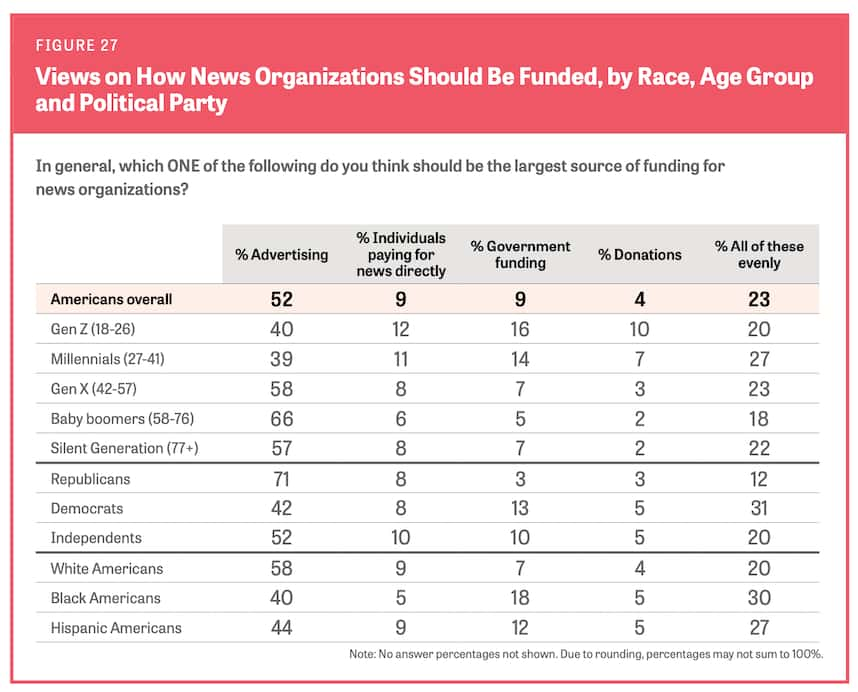There’s an ongoing sentiment in the worlds of tech & media punditry that ad-supported media’s days are numbered. This feeling is propelled by several macro factors including the age of privacy reform, which has handicapped the data collection practices that fueled the past decade’s surges in ad tech.
Calls for the death of ad-supported media also echo within the rallying cries of the web 3 movement. In this worldview (which has some valuable elements), the web economy will run on decentralized peer-to-peer micro-transactions. Ad-supported audience aggregators such as social networks need not apply.
The thought is that you will pay artists and entertainment producers directly instead of getting free content in return for enduring ads and passively agreeing to hand over your consumption data. As we discussed on a recent podcast episode, this is honorable in its virtue but delusional in its utopianism.
Put in a slightly nicer way, this revolution of content delivery, consumption, and monetization – like many supposed tech revolutions – is exaggerated. It underestimates difficulties in altering deep-rooted consumer habits. No matter how beneficial it may be, getting consumers to change behavior ain’t easy.
Vocal Minority
Adding another twist, it’s not just a behavioral change but one that requires consumers to pay for something they previously got for free. And in all the virtue-stroking punditry of the above movements, it seems no one has stopped to consider or analyze what most everyday consumers actually want.
In other words, are they on board with paying for content they now get free? In fairness to the subscription camp, paying for media has always been around to some degree. Indeed, it’s thriving today with streaming apps and online journalism subscriptions. But will the model completely take over?
Gallup and the Knight Foundation have stepped in to address this question. In a recent survey of American consumers (n=5,593), only 9 percent are interested in paying for news. We use “news” here to represent content more broadly, but mileage will vary across things like entertainment and gaming.
As for those who believe that advertising should fund news production and delivery, a majority (52 percent) are in support. Other funding sources saw much less popularity including government funding (9 percent), donations (4 percent), and equal funding from all these sources (23 percent).
 Revolution for the Rich
Revolution for the Rich
Going deeper, a few other insights emerge. For example, when asking the same question about funding news production, there’s an inflection in interest in user-pay models among respondents with annual incomes of $150K+. 15 percent of this segment support it, versus 9 percent of the full sample.
This further discredits the “ad-supported media is dead” narrative. In fact, that sentiment is echoed most in techno-elitist circles that align with the $150K+ crowd. For example, decentralized peer-to-peer web 3 models noted above are most popular among Silicon Valley culture and venture capitalists.
But back to the core thesis, this doesn’t align with the sentiments of the everyday consumers proposed to be the central participants in these new models. Again, there will be continued growth in user-pay models such as streaming apps like Spotify. But this growth will be more evolutionary than revolutionary.
All in all, this is the same dance but a different song. There’s always been a mix of subscription and ad revenue in the media mix. This has fluctuated, but both are necessary and neither is going away any time soon. We’ll keep watching for movement at those margins where consumers and media evolve together.



